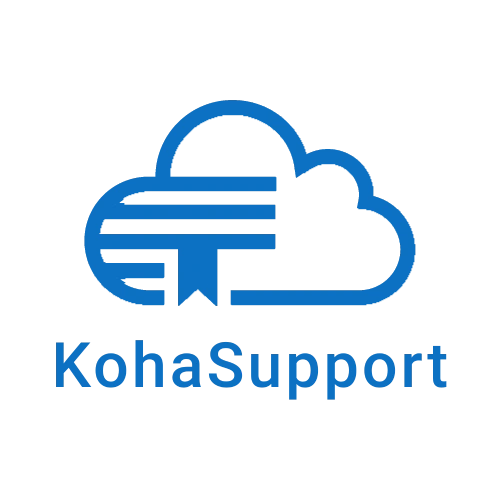Understanding Acquisitions in Koha Library Management
In Koha, the acquisitions module supports libraries in planning, ordering, and managing the purchase of materials. Acquisitions is a fundamental aspect of library management—it ensures that the library builds a high-quality, relevant, and cost-effective collection to meet the evolving needs of its patrons. From identifying needs to evaluating purchases and tracking budgets, Koha helps streamline this critical process.
1. What Is Acquisitions in a Koha Library System?
Acquisitions refers to the structured process of selecting, ordering, receiving, and managing library materials such as books, periodicals, e-books, and databases. In Koha, this is handled through an integrated acquisitions module, which allows librarians to:
-
Manage vendor accounts
-
Create and track purchase orders
-
Receive and invoice items
-
Monitor budgets and fund allocations
This functionality ensures that every acquisition is aligned with collection development goals and budgetary constraints.
2. Identifying and Evaluating Library Needs
Before placing any order, libraries using Koha typically start by assessing user needs. This includes:
-
Reviewing circulation data
-
Consulting patron requests
-
Evaluating gaps in the current collection
Koha facilitates this process through tools like reports and analytics, helping staff make evidence-based decisions. Potential acquisitions are then evaluated on criteria such as content quality, format (print vs. digital), relevance, and cost-effectiveness.
3. Ordering and Receiving Materials
Once items are selected, Koha’s acquisitions module allows users to:
-
Generate and send purchase orders to vendors
-
Track order statuses
-
Automatically update item records when materials are received
When materials arrive, Koha supports seamless integration with cataloging, enabling staff to classify, shelve, and circulate items efficiently.
4. Budget Management and Financial Tracking
Koha allows libraries to create and manage budgets and funds, giving acquisition teams full visibility into spending. Libraries can:
-
Allocate funds to departments or material types
-
Track spending per vendor or order
-
Generate financial reports to support strategic planning
This transparency helps maintain fiscal responsibility while ensuring library resources are effectively used.
5. Why Acquisitions Matter in Koha
A well-managed acquisitions process ensures that the library:
-
Meets patron needs with relevant, current materials
-
Stays within budget while maximizing value
-
Maintains a balanced and dynamic collection
With Koha, acquisitions are more than just ordering materials—they are part of a strategic approach to building a responsive, user-centered library collection.
Final Thoughts
Acquisitions in Koha Library Management is a comprehensive process encompassing need identification, evaluation, procurement, and collection maintenance. By leveraging Koha’s built-in tools for vendor management, ordering, budgeting, and cataloging, libraries can ensure efficient workflows and smart decision-making. A strong acquisitions strategy ultimately leads to a richer and more accessible library experience for all users.
